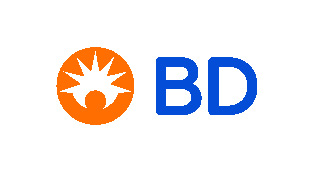Xarelto (rivaroxaban) – redefining safety
Atrial fibrillation (AF) due to its consequences represents a significant burden for the entire health system. Recent ESC guidelines reiterate the importance of treating AF patients with oral anticoagulants (OAC) in order to prevent, primarily, stroke. Prior to the introduction of direct oral anticoagulant drugs (DOAC) into the market, the use of OAC was insufficient, especially in elderly patients, and continuous efforts are needed to educate both physicians and patients about the safe use of DOACs and the importance of their use for the prevention of adverse effects of AF. Based on the results of previous analyses, showing favourable benefit-risk profile and certain additional benefits even beyond stroke protection, and especially on the basis of the recently published analysis on monitoring adverse drug effects during reallife use of DOACs based on the data from the Italian National Pharmacovigilance Network, we can claim that rivaroxaban as the drug with the lowest risk index (according to this analysis) and the simplest application with regards to frequency of administration and criteria for dose selection, represents a step forward in relation to outdated warfarin therapy that needs to be limited to a few selected cases.
Key words:
oral anticoagulant; pharmacovigilance; rivaroxaban; safety





